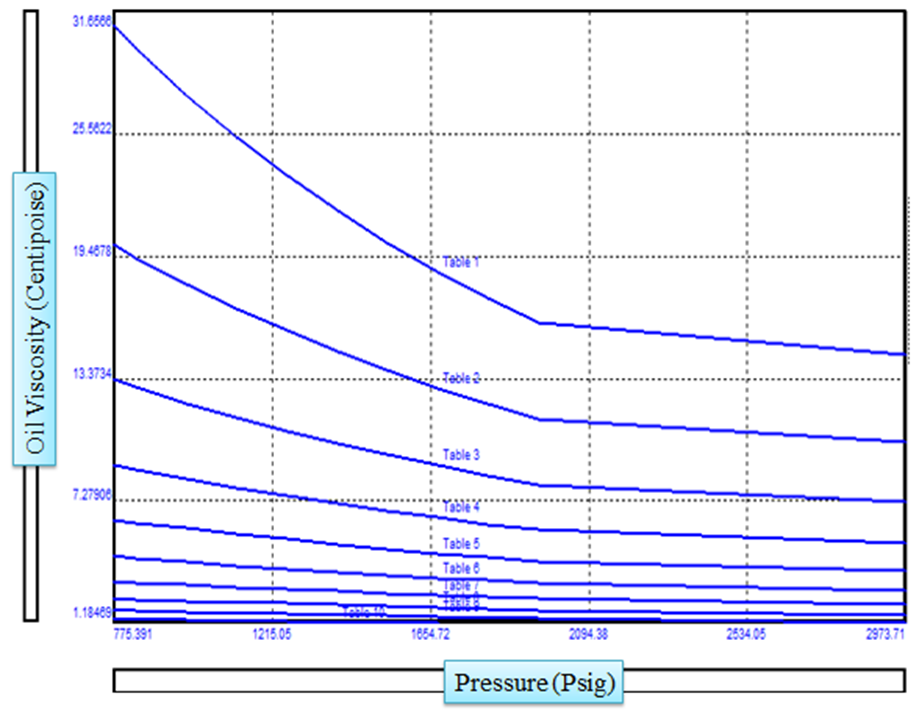The Critical Investigation on Essential Parameters to Optimize the Gas Lift Performance In “J” Field Using Prosper Modelling
Abstract
The declining reservoir, oil production and pressure depletion with the well being produced, the results of the investment of the well will also decrease. For that there needs to be energy that can help to lift the fluid to the surface. One of the artificial lift methods that can be used is a gas lift. Gas lift is a method commonly used when there is a natural gas source as an injection gas supply. The selection of the artificial lift method is based on several considerations, namely the reservoir conditions, fluid conditions, well conditions, conditions on the surface, availability of electricity, availability of gas, and sand problem. The influential parameters in the selection of gas lifts include: Productivity Index (PI), Gas Liquid Ratio (GLR), depth of the well and driving mechanism from the reservoir. The Gas Lift that the production optimization wants to do is the injection system in a Continuous Gas Lift. Used in wells that have a high Productifity Index value. Where in the LB field to be analyzed, the Productifity Index value is 2.0 bpd/psi. This study intends to optimize a gaslift well performance as an effort to maximize the results of well production. Based on the research that has been done using Prosper Modeling on the “J” field, the following conclusions are obtained the effect of pressure and viscosity on the gas lift well flow rate in this condition can be said to be efficient, because the conditions / pressure given at temperatures below 300 F can reach the miscible condition and from the results of determining the optimal conditions to get the best well performance, obtain an optimal liquid rate of 1829.4 STB/D with an oil rate of 36.6 STB/D.
Full text article
References
Brown, K.E and Beggs, 1984, The Technology of Artificial Lift Methods, Vol-4, Penn Well Publishing Co., Tulsa, Oklahoma.
Campbell, J. M. (1992). Gas Conditioning and Processing.
Craft, B.C., Hawkins, M.F. (1959). Applied Reservoir Engineering, Pretince Hall Inc., Englewood Cliffs, New Jersey.
Dafis, Jerry B., (1970). Artificial Lift Design
Dake, L.P. (1977). Fundamentals of Reservoir Engineering, Shell Learning and Development, Amsterdam The Netherlands, 1977.
D. A. Lambie and R. O Walton
Ebrahimi.(2010). Gas Lift Optimization in One of Iranian South Western Oil Fields presented SPE 133435 at Trinidad and Tobago Energy Resources Conference
Eugene D. Glass, Consultant Tulsa, Oklahoma
Guo, B. L., & William, G. A. (2007). Petroleum Production Engineer - A Computer Assisted Approach. Lousiana : Elsevier Science & Technology Books.
J. David Redden, T. A. Glen Sherman, and Jack R. Blann , Exxon Production Research CO., Members SPE-AIME.
Musnal, A., & Fitrianti. (2017). Optimasi Gas Injeksi Pada Sembur Buatan Gas Lift Untuk Meningkatkan Besarnya Laju Produksi Minyak Maksimum Dan Evaluasi Penghentian Kegiatan Gas Lift Pada Lapangan Libo PT. Chevron Pacific Indonesia Duri . Journal Of Earth Energy Engineering, 36.
Authors
This is an open access journal which means that all content is freely available without charge to the user or his/her institution. The copyright in the text of individual articles (including research articles, opinion articles, and abstracts) is the property of their respective authors, subject to a Creative Commons CC-BY-SA licence granted to all others. JEEE allows the author(s) to hold the copyright without restrictions and allows the author to retain publishing rights without restrictions.




